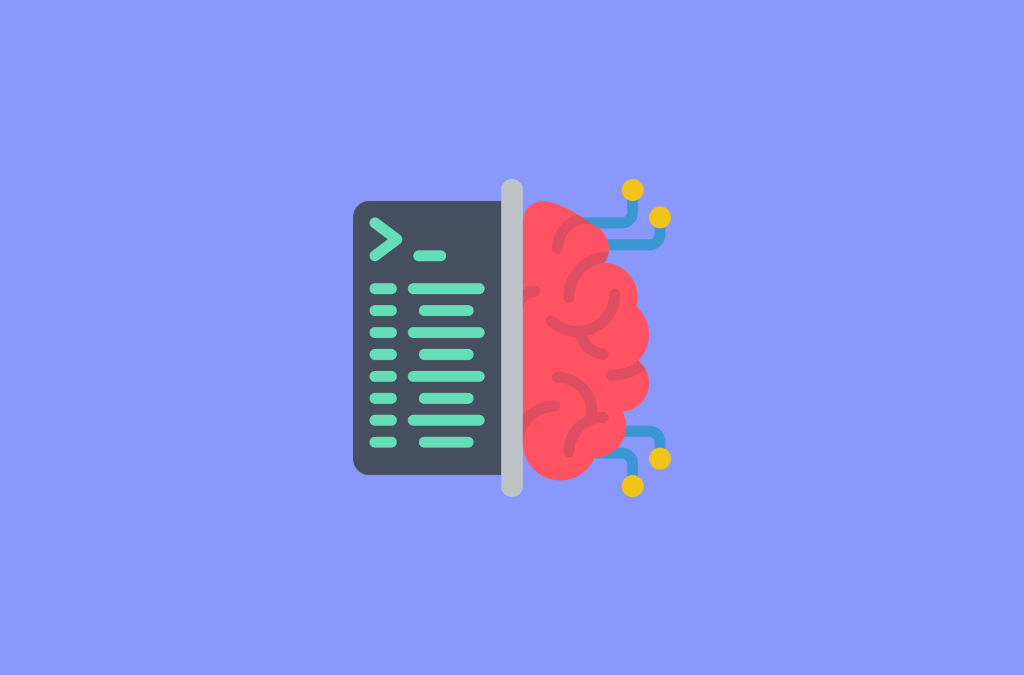
It seems like Google or Facebook releases a new kind of AI every week to make things quicker or to enhance our interaction.
I started researching about Machine Learning (ML) and Artificial Intelligence (AI).
Even with all of this happening, an accepted description of what exactly artificial intelligence is still to be found.
Some claim that deep learning can be seen as AI, others suggest it is not AI unless it passes the Turing Test.
The lack of definition in the beginning really stunted my development. Anything that had so many different definitions was hard to learn.
Sufficient with the definitions.
How did I start out?
I came across Deep Learning Nanodegree at Udacity. One of the promo videos featured a friendly guy named Dr. Andrew NG. The enthusiasm was infectious. While I didn’t meet the basic requirements (I had never written a Python line before), I registered.
“The computer learns things for you?” I couldn’t have believed.
Three Weeks before the start date of the course I sent an email to Udacity help to inquire what the refund policy was. I was upset that I couldn’t finish the course.
I haven’t received a refund. I have completed the course within the timeframe stated. It has been challenging. Sometimes it’s really hard. Four days late my first two projects were handed over. But the excitement of working in one of the world’s leading technologies has moved me forward.
Upon completion of the Deep Learning Nanodegree I had assured acceptance in either Udacity’s AI Nanodegree, Self-Driving Car Nanodegree, or Robotics Nanodegree. All good choices.
I lost myself again.
“Where do I go next?”
I needed a portfolio. I’d founded the Deep Learning Nanodegree base, now it’s time to figure out what was next.
My AI Masters Degree
So at first, I did what I did in the beginning. Asked for support from my mentor, Google.
I would have jumped into deep learning without any previous field experience. Instead of climbing to the tip of the AI iceberg, a helicopter dropped me off at the top.
I knew that online courses had a high rate of dropouts. I wouldn’t allow myself to be a part of that number. I did have a goal.
I started sharing my learning experience online to make myself accountable. I thought I could practice and sharing what I knew, as well as finding people involved in the same things I was. When I go on one of my AI escapades, my friends always think of me as an alien.
Taking a job and sharing your work
I knew that studying online was unusual. All the positions I had gone to apply for had criteria for a Masters Degree or at least some kind of technical degree.
I didn’t have any of those. But from a plethora of online courses I had the expertise I’d learned.
I was posting my work online all along the way. My GitHub included all the projects I had completed, my LinkedIn was lined high, and I practiced learning from YouTube and articles.
Whether you’re studying online or with a Masters degree, getting a portfolio of what you’ve been working on is a great way to build skin in the game.
Skills in ML and AI are in demand but that doesn’t mean you don’t have to show them. Without any shelf space even the best product will not sell.
Whether it’s GitHub, Kaggle, LinkedIn or a blog, you must have something where people could find you. Besides, it’s great fun to have your own Internet corner.
How to get started?
Where do you go to learn these knowledge and skills? What are the right courses?
There is no best answer to that. Every path is going to be different for everyone. Many people learn more from reading, while others learn better from videos.
Why you start, is more important than how you start.
Why do you want to learn these skills?
Want to make some money?
Want to make things?
Want to make a difference?
There’s no right reason. All are valid in their own way.
Start with why because it’s more important to have a Why than how. Getting a why means you have something to turn to when it gets tough and it gets tough. That reminds you why you started.
I have completed lessons from:
Coursera — AI for Everyone
Treehouse — Introduction to Python
DataCamp — Introduction to Python & Python for Data Science Track
Udacity — Deep Learning & AI Nanodegree
Coursera — Deep Learning by Andrew Ng
fast.ai — Part 1, soon to be Part 2
All of them are world class. I am visuals learner. I learn to see things done differently. All of these courses are doing that.
Start with some introductory Python courses if you’re an absolute beginner and move into data science, machine learning and AI when you’re a bit more confident. Data Camp is great for beginners who study Python but want to practice it with an emphasis on data science and machine learning.
How much maths are there?
There are a lot of different views about how much math you need to know to get into the machine learning and AI. I’m going to share mine.
To get a good result, if you want to apply machine learning and AI techniques to a problem, you don’t really need a comprehensive understanding of maths. Libraries such as TensorFlow and PyTorch allow someone with a bit of Python experience to create state-of – the-art models while the math behind the scenes is taken care of.
If you are looking to get deep into machine learning and AI studies, having an in-depth knowledge of math is important by way of a PhD program or something similar.
I don’t try to dive deep into math and improve the performance of an algorithm by 10 percent in my case. I’m going to leave that to people smarter than I do.
Instead, I am more than willing to use and use the libraries available to help resolve problems as I see fit.
What actually machine learning engineer do?
What a computer engineer does is perhaps not how you expect in practice.
Considering the cover pictures of many online articles, this does not always involve working with red-eyed robots.
These are some of the questions that machine learning engineer ask themselves:
Context — How can ML be used to help learn more about your problem?
Data — Do you need more data? What form does it need to be in? What do you do when data is missing?
Modeling — Which model should you use? Does it work too well on the data (overfitting)? Or why doesn’t it work very well (underfitting)?
Production — How can you take your model to production? Should it be an online model or should it be updated at time intervals?
Ongoing — What happens if your model breaks? How do you improve it with more data? Is there a better way of doing things?
No Road Set
There’s no right or wrong way to get into ML or AI.
The beautiful thing about this profession is that we have access to some of the world’s best innovations, all we have to do is learn how to use them.
You can start by learning Python Code
You might start studying calculus and statistics.
You could start by learning the philosophy of decision-making
Machine learning and AI fascinate me, because all these meet at the intersection.
The more I learn, the more I know that there is much more to learn. And it thrills me.
I get irritated sometimes when my code won’t run. Or I don’t understand a concept So I just temporarily give up. Letting myself walk away from the problem I give up and take a nap. Or go along for a ride. When I come back it feels like I have different eyes looking at it. The anticipation is resuming and I’m still learning.
Start wherever you are most interested, and pursue it. If that leads to a dead end, fine, you’ve found out what you don’t care about. Retrace your steps and instead take the other fork in the road.
Computers are intelligent but can not think on their own. They need your assistance.









